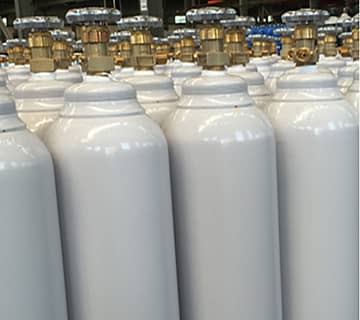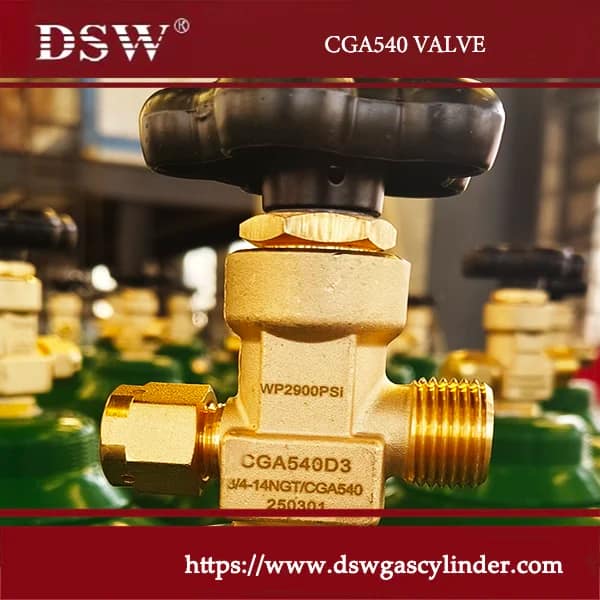
A pressure vessel is a container designed to hold fluids or gases at a pressure substantially different from the ambient pressure. These vessels are commonly used in oil and gas, chemical processing, power generation, and aerospace industries. Pressure vessels can be found in various sizes and shapes, from small compressed air tanks to large industrial reactors.
Stringent engineering standards and regulations govern the design and construction of pressure vessels to ensure safety and reliability. They are typically made from steel, stainless steel, or composite materials chosen for their strength and corrosion resistance.
Pressure vessels are used for various purposes, including:
Storing compressed gases or liquids: Pressure vessels are commonly used to store gases such as compressed air, nitrogen, hydrogen, or oxygen, as well as liquids like water, chemicals, or petroleum products.
Heat exchange: Pressure vessels are often used as heat exchangers in industrial processes, where fluids are heated or cooled by exchanging heat with another fluid.
Chemical processing: Pressure vessels are integral to chemical processing plants and are used for reactions such as mixing, blending, distillation, or fermentation.
Power generation: In power plants, pressure vessels are used in boilers to generate steam, which drives turbines and produces electricity.
Due to their potentially hazardous contents and high pressures, pressure vessels must be carefully designed, manufactured, inspected, and maintained to ensure their integrity and safety throughout their service life. Regulations and codes, such as the ASME Boiler and Pressure Vessel Code in the United States, provide guidelines for the design, fabrication, inspection, and testing of pressure vessels to ensure compliance with safety standards.





